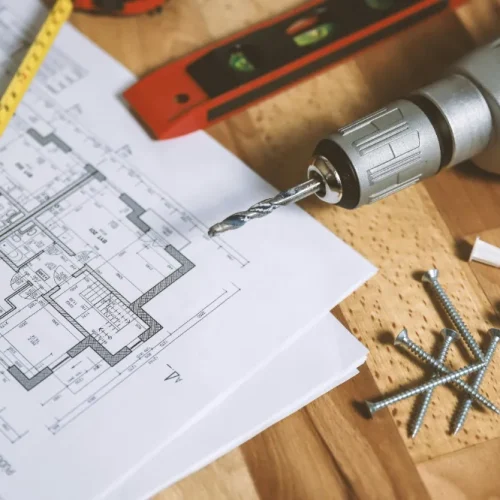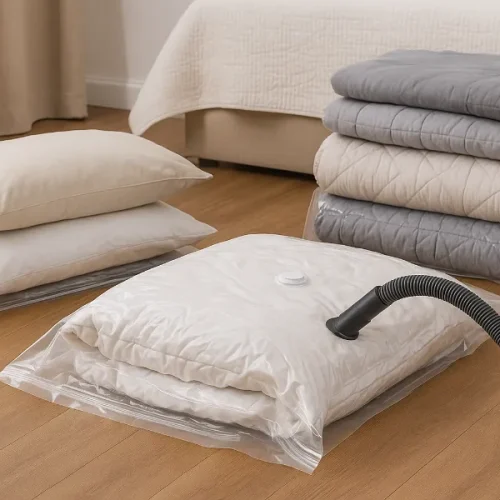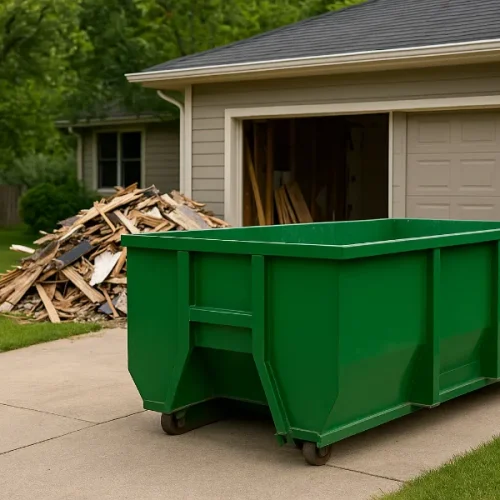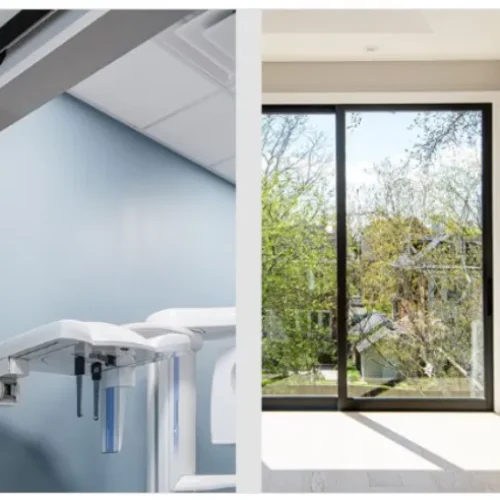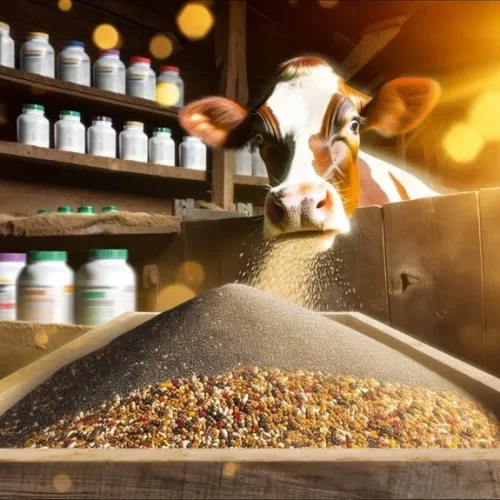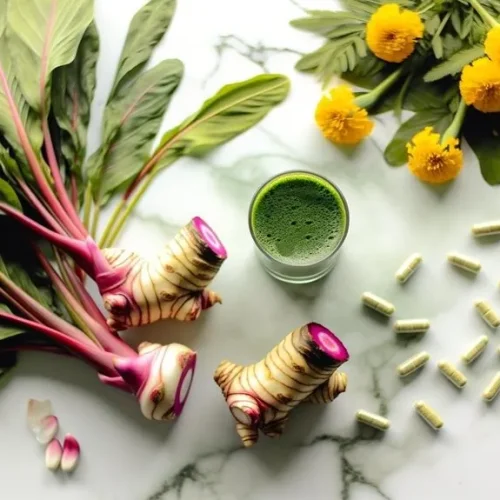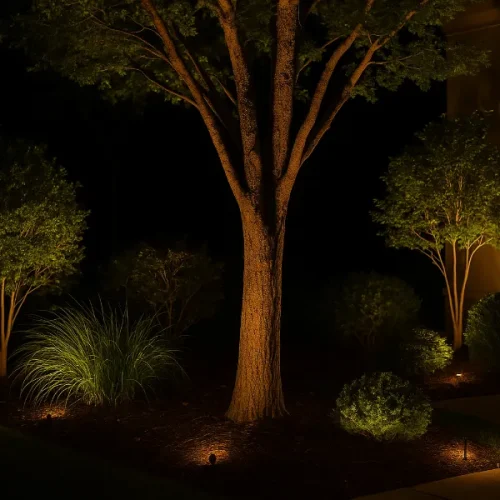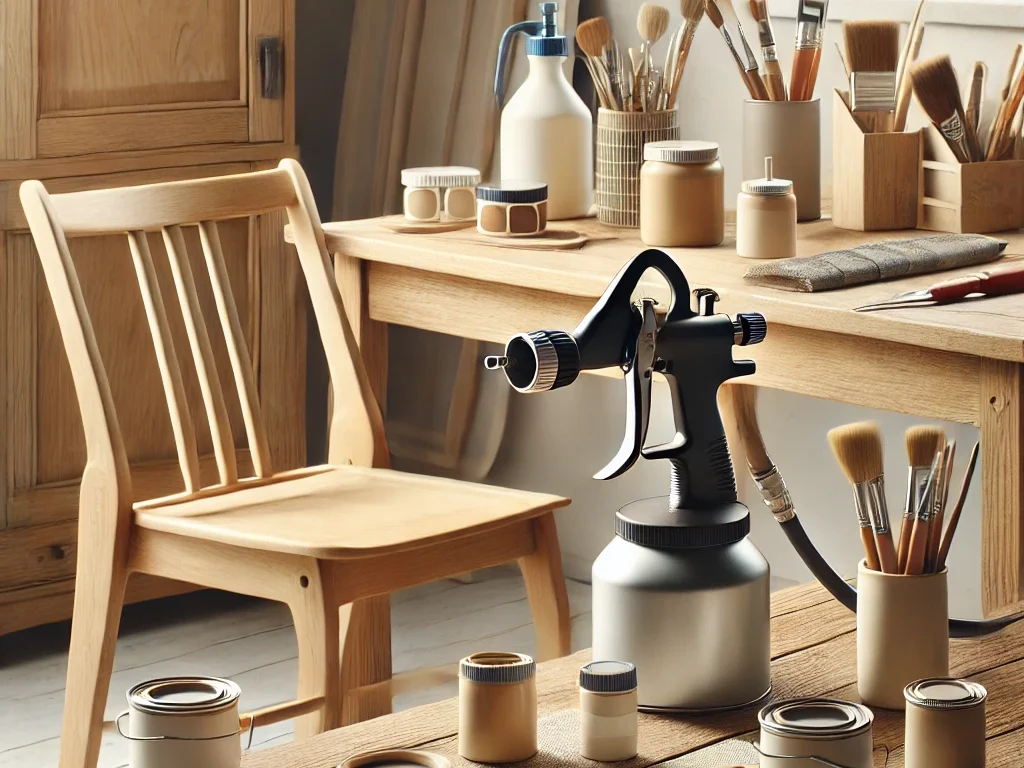
Sometimes, even the best tools have their limits. Last fall, I excitedly shared how I had purchased my first paint sprayer, and it completely transformed my approach to painting projects. Fast forward 1.5 years, and that trusty sprayer has officially reached the end of its journey. Now, I find myself reflecting on whether it was a worthwhile investment, especially since most online reviews of paint sprayers come from users with minimal experience—those who’ve only used the tool once or twice. I want to provide a deeper dive into my long-term experience with my sprayer, sharing both its strengths and its shortcomings.
The HVLP Sprayer: My First Love
The sprayer I used was an HVLP (high volume, low pressure) model, which sprays paint using air from a compact, portable unit. It was an excellent choice for a beginner like me. Here are some of the features I particularly appreciated:
- User-Friendly Design: Perfect for someone new to paint sprayers, it was intuitive to use.
- Minimal Overspray: This feature was a game-changer for indoor and detailed projects.
- Easy Cleanup: While cleanup took practice, it became manageable once I got the hang of it.
- Versatile Spray Patterns: The sprayer offered three patterns—vertical, horizontal, and direct fan—which provided flexibility for various projects.
Over its lifespan, my sprayer tackled a range of projects, from the mundane to the intricate. I refinished dining tables and chairs, painted exterior entry and garage doors, and even tackled the cedar lattice under our deck. One of its standout features was its ability to handle tricky, detailed work—like painting spindles around the deck or getting into the nooks of wicker and cane furniture. It also excelled at giving a smooth, factory-like finish to cabinets and doors.
The Joy of Smooth Finishes
For furniture, the sprayer was a dream come true. It worked wonderfully with water-based topcoats, leaving behind a silky-smooth finish. The secret to success was using low pressure to avoid bubbles and lightly sanding between coats. The result? Flawless pieces that looked professionally done.
However, it wasn’t without its challenges. Cleanup was one of the more tedious aspects, but I reminded myself that cleaning brushes after a traditional painting session would also take time. Despite my diligence—disassembling and scrubbing every component, followed by flushing water through the system—I suspect some paint residue built up inside the sprayer over time. This led to performance issues, including clogs and inconsistent spraying.
When Things Started to Go Wrong
The first signs of trouble appeared during a project involving cane chairs. The sprayer began sputtering, leading to overspray and unsightly drips. I had to sand and respray sections to fix the uneven finish. Later, while painting a desk for my daughter, the sprayer’s performance worsened, leaving behind a dreaded “orange peel” texture—far from the smooth finish I had come to expect.
These frustrations culminated last week when the sprayer officially gave out. Reflecting on its lifespan, I asked myself: was it worth the $120 price tag? While I wish it had lasted longer than 1.5 years, I can’t deny that it saved me significant costs by allowing me to complete large projects, such as painting and staining our deck, on my own. Additionally, the convenience and polished results it delivered have made it impossible for me to imagine going back to painting with brushes alone.
Lessons Learned and My Next Steps
If I could go back, I’d be even more meticulous about cleaning the sprayer after each use, as I believe that might have extended its lifespan. Nevertheless, the time it saved during projects and the quality of the results made it an invaluable tool. A paint sprayer truly simplifies the painting process and elevates the finish of any piece.
After extensive research and countless reviews, I’ve decided to try a new sprayer—the Critter 118 Siphon Gun, which came highly recommended by Jenny Komenda of Little Green Notebook. Unlike my previous sprayer, this one is powered by an air compressor and uses a standard sealer jar (like a Ball glass jar) as its container. I also purchased the coupler set and hose Jenny suggested. Although the jar is small, I like the practicality of being able to replace it easily. For larger jobs, Jenny recommends filling multiple jars with paint in advance, eliminating the need to pause and refill mid-project.
Simplicity Is Key
One of the main reasons I chose the Critter 118 is its simple design. While it doesn’t offer multiple spray patterns like my old HVLP sprayer, its straightforward build means fewer components to clean and a lower risk of clogs. Depending on the pressure setting, it can spray patterns ranging from ½ inch to 3.5 inches, providing enough control for most home projects.
As I get into this new chapter with a different paint sprayer, I’d love to hear from others who have used sprayers for multiple projects. What models have you tried, and how have they held up over time? Did they exceed your expectations or fall short? Your experiences could help fellow DIYers, including myself, make more informed decisions as we navigate the world of paint sprayers.
My first paint sprayer may not have lasted forever, but it revolutionized the way I approached painting projects. It’s clear to me now that a quality sprayer is an essential tool for any DIY enthusiast. With lessons learned and a new sprayer in hand, I’m ready to tackle my next round of projects with renewed confidence and excitement.



